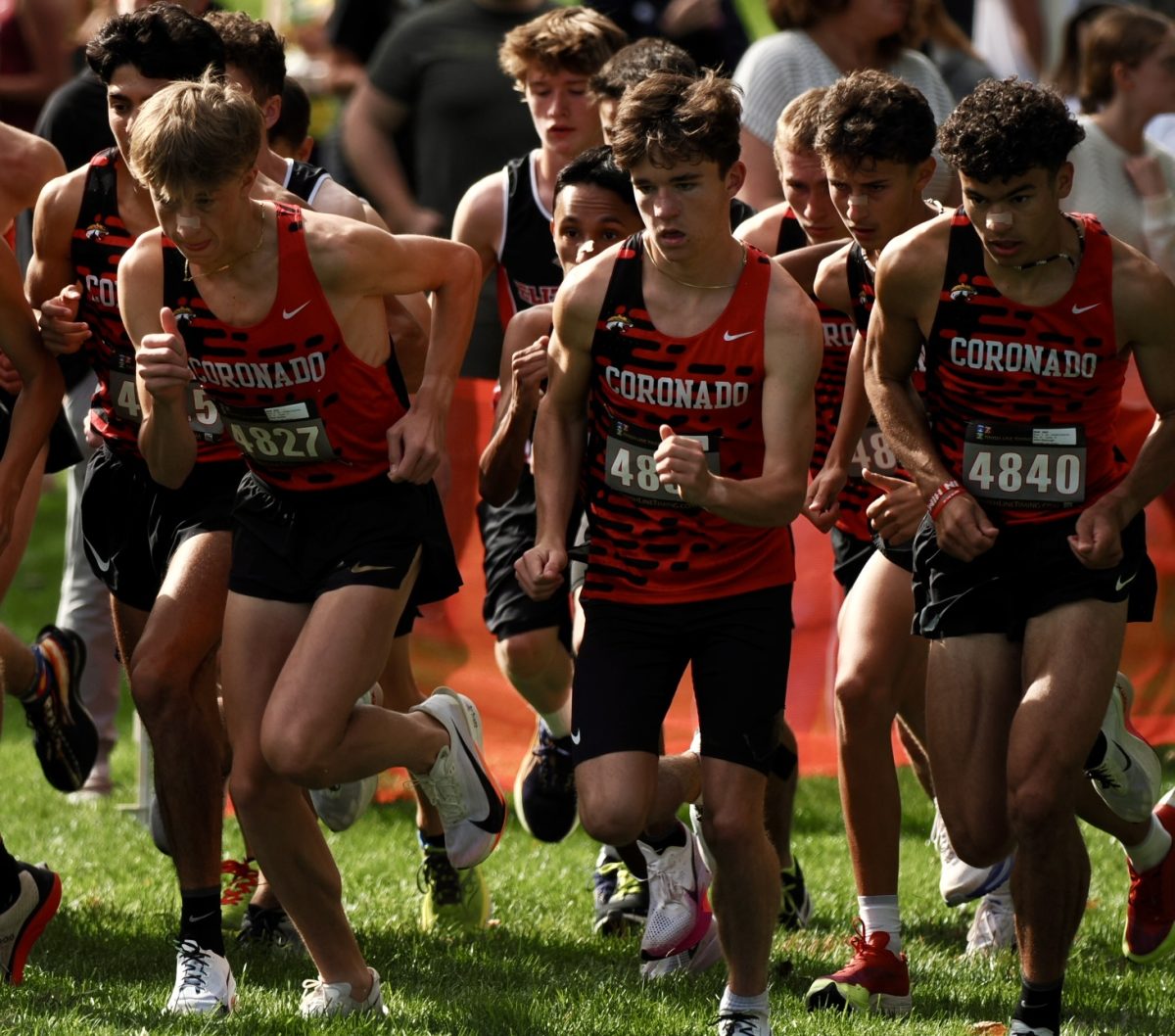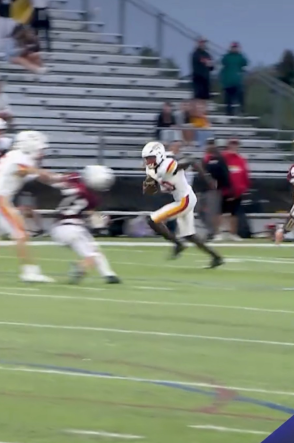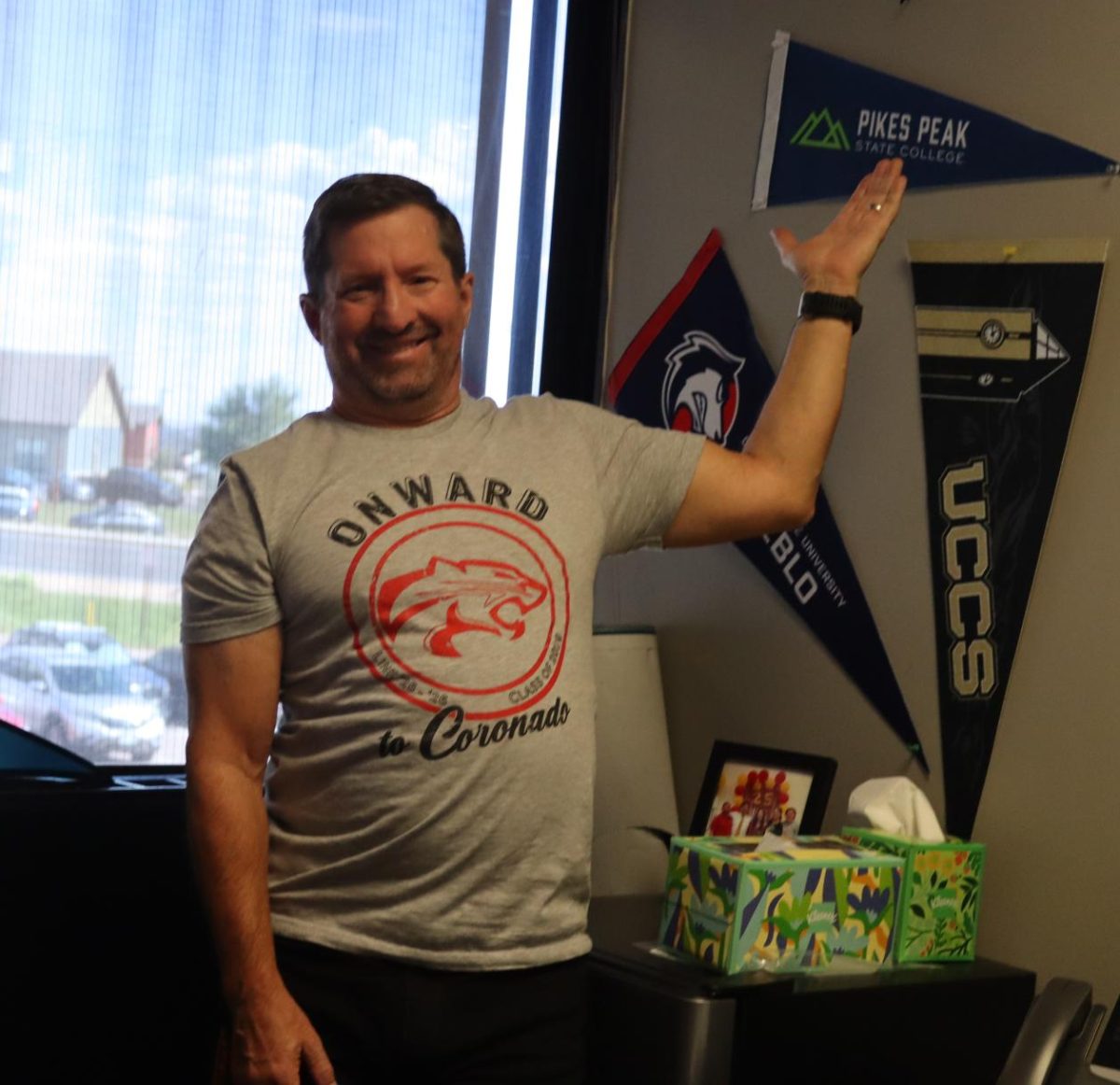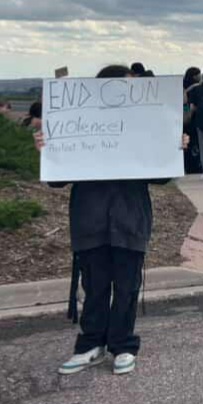
Recently, there have been many tornadoes across the Midwest, tornadoes have touched down in western/northern Texas, Oklahoma, Nebraska, Kansas, Iowa, and many other states. The reason why there were so many tornadoes is because they are in what is called “Tornado Alley.” This phenomenon causes more tornadoes in those areas than anywhere else in the world. The reason why tornado alley exists is because the Gulf of Mexico has warm, moist air and Canada has cold dry air and these conditions meet together somewhere in the middle creating a front; when fronts meet they cause a lot of instability in the air and they start to shear. “Shearing is when the clouds start to twist horizontally, causing them to start spinning then eventually creating a tornado”, said Mr. Ottmer, an Environmental Science teacher at Coronado High School.
The more warm and cold air, the greater instability, the higher chances of worse tornadoes. Reports of structural damage, injuries, and even deaths in Oklahoma. There were reports of almost 35 tornadoes overnight. More than 100 tornadoes hitting homes and buildings in six states, Iowa and Nebrasksa were hit the hardest by these tornadoes. “Twenty-seven million people remained at risk of severe weather into Sunday, including wind gusts, hail, flood risk and potentially more tornadoes,” said NBC news in an news article covering the storms.
There were numerous injuries and damaged structures across the states that were hit, due to this the Redcross.org stated “helping families cope during this challenging time and replacing prescription medications, eyeglasses or critical medical equipment like canes and wheelchairs.” The Red Cross is helping by assessing damages to homes and buildings in the affected areas; the Red Cross is also providing food, water, shelter, and support to the families that were affected.
April 26 in Lancaster county, Nebraska, the tornado was blamed for a semi truck rollover, and a train derailment and the damage of hundreds of homes: “You definitely see the path of the tornado,” said Omaha Police Lt. Neal Bonacci in an NBC news report. Omaha firefighters and police officers went door to door to assist residences that were injured, or trapped. Omaha Fire chief Kathy Bossman said, “We’ll be looking throughout properties in debris piles, we’ll be looking in basements, trying to find any victims and make sure everybody is rescued who needs assistance.”
Advances in technology have helped citizens prepare for future tornadoes by bettering the accuracy of tornado hit times, increasing communication during severe weather, and improving warning systems. Satellites can help detect severe weather conditions and track the development of tornadoes and their movement. Reliable warning systems can help quickly prepare citizens for severe weather, helping decrease the chances of injuries and deaths.






